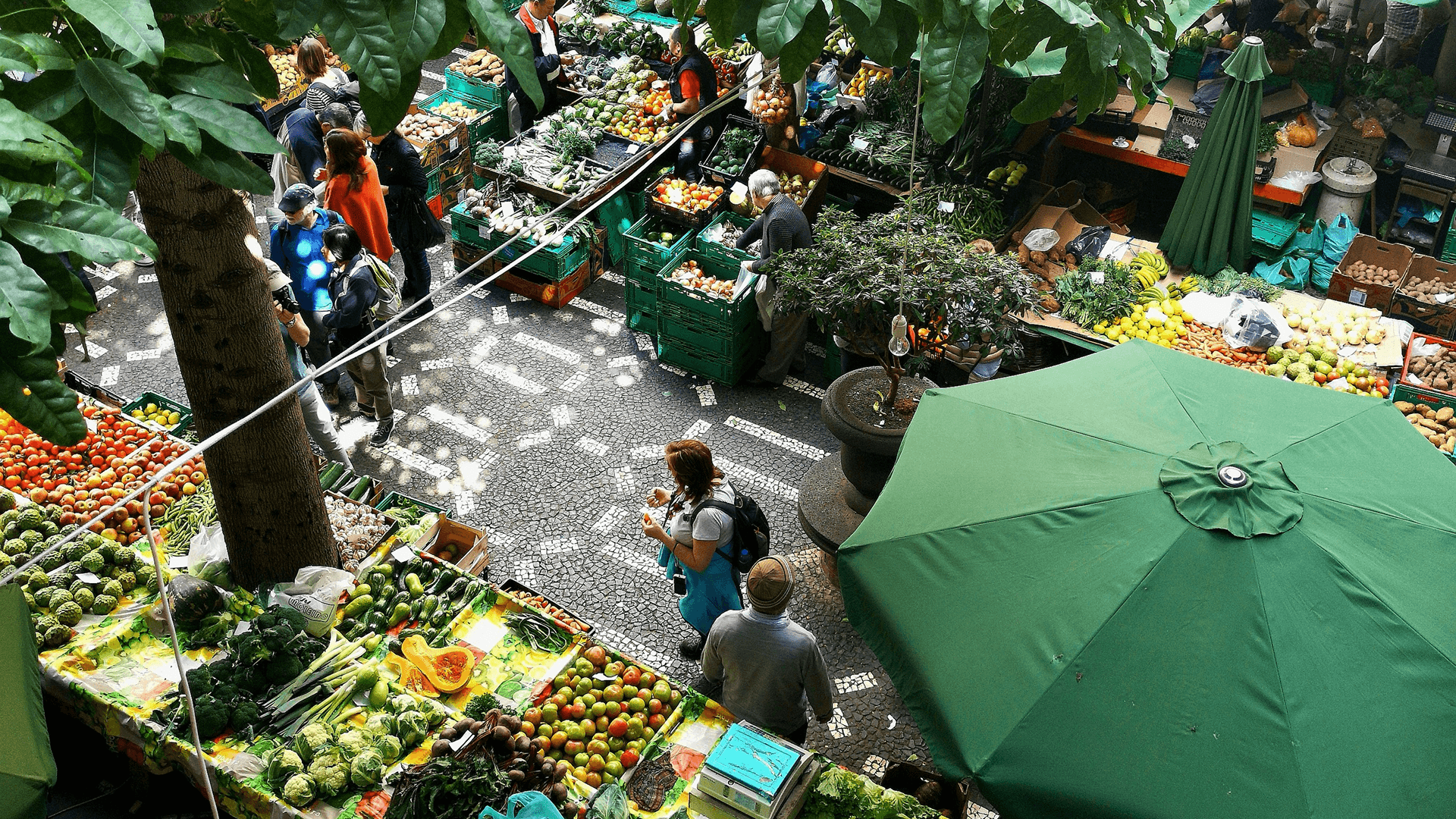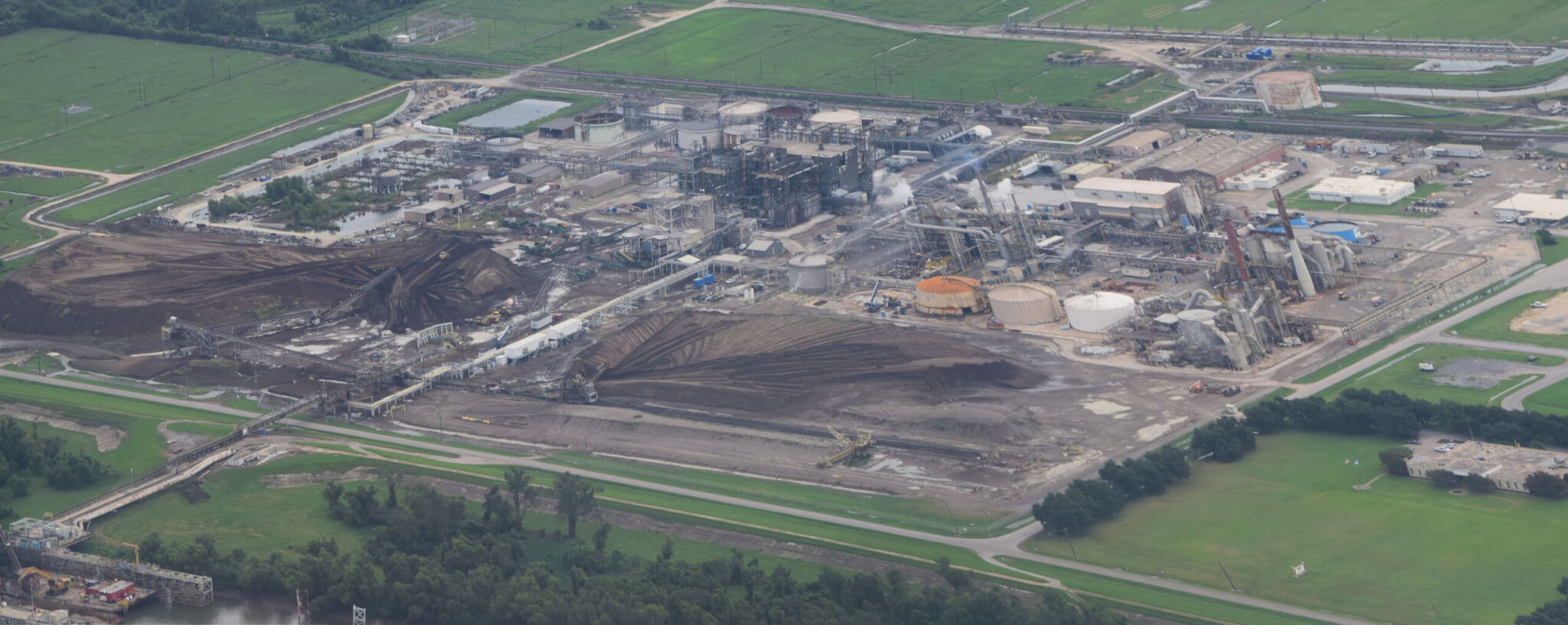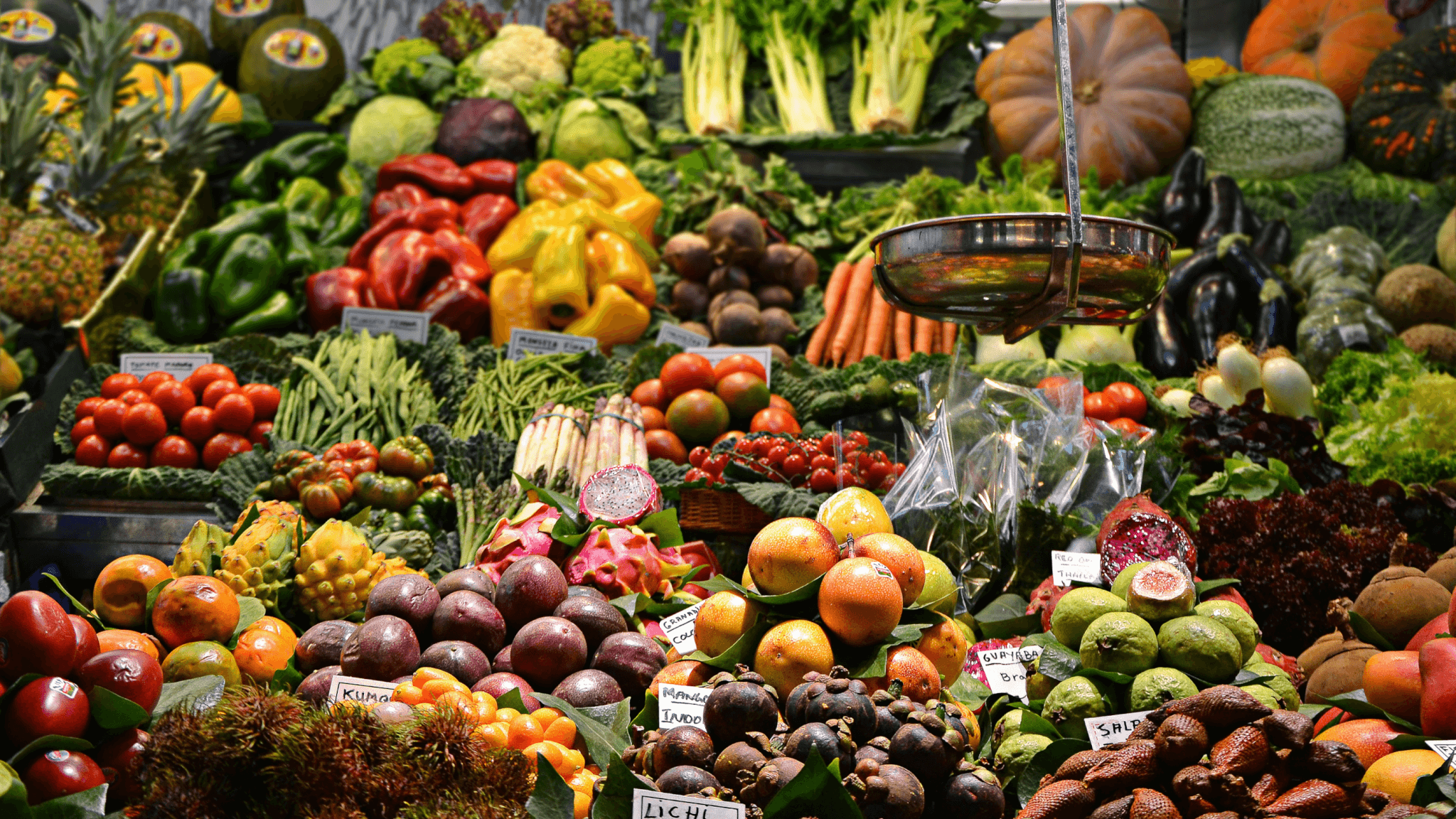
Unlocking food systems transformation will require a shift from prevailing narratives and assumptions.
The evidence is clear: a shift to sustainable food and agricultural practices is necessary to address the climate crisis, protect natural ecosystems, improve public health, and increase food security. However, transforming a complex and broken industrial model involves more than just better farming practices — it also requires changing the dominant narratives that shape how food is produced, consumed, and governed.
Many of these narratives are driven by just a handful of multinational agrifood companies that have a significant amount of power over global industrial food systems, shaping food and agriculture policies, supply chains, and public perception. These companies promote narratives that align with their business interests — narratives that can reinforce unsustainable practices and stymie progress toward healthier, more diverse, and more resilient food and agriculture systems.
Confronting these false narratives requires supporting the many farmers and communities worldwide already leading a transformative shift toward sustainable food systems. Here are four key insights that help debunk the false narratives standing in the way of progress:
1. Hunger is due to a lack of access, not a lack of food production.
Since 1960, global agricultural output has increased fourfold. However, the cropland expansion over the last several decades has been primarily for livestock feed and fuel — both of which have major negative environmental impacts — rather than for crops. Furthermore, one-third of the food produced globally is lost or wasted before it can even reach the people who need it most.
The global population is on track to reach 10 billion people by 2050. However, contrary to the common narrative in the food industry, feeding the world does not require drastically increasing food production. The need is not for more cheap food, but to increase affordable access to food, preferably more nutritious and diverse whole foods. This should include a focus on food production methods, prioritizing dietary diversity and soil health to grow more nutritious food in ecologically sustainable ways. Ecological approaches like agroecology and regenerative agriculture help increase ecosystem biodiversity, climate resilience, agricultural diversity, and healthy soils — all of which support healthier and more nutritious diets.
2. Diets are determined not just by personal preferences, but by the affordability and availability of foods.
It is often claimed that dietary trends are driven by consumers’ personal choices. In other words, food companies say they produce unhealthy, ultra-processed foods because that is what people want.
In reality, however, individual dietary choices are based on what is available, what is affordable, and what information is shared. Food policy has an outsized effect on the price and availability of quality food, and industry marketing is responsible for determining what information consumers get about food.
People do not make dietary choices in a vacuum. Helping consumers make informed, healthy choices requires improving “food environments” — how much food costs, how it is marketed, and where it is placed within grocery stores — rather than blaming individuals for buying unhealthy food.
3. Industrially produced foods are more affordable than organic and regenerative foods because of government subsidies — and they come with massive hidden costs.
One way governments support food production is by providing subsidies to farmers and agriculture companies through programs like direct payments to farmers, crop loss insurance, low-interest loans, and disaster aid. But most of these subsidies support livestock production and just a handful of commodity crops, rather than nutritious and ecologically sustainable fruits and vegetables.
Organic and regeneratively grown foods tend to cost more than their industrial and processed counterparts, a difference that is often highlighted in discussions about food affordability. However, subsidies are driving much of the cost difference. In the European Union, more than 80% of agricultural subsidies go to livestock production. Meanwhile, in the United States, more than half of all public farm subsidies, a staggering $80.6 billion since 1995, go to industrial-scale corn and soybeans, with the vast majority sold for livestock feed and biofuels. The remaining industrial corn and soy go to unhealthy food-like substances such as high-fructose corn syrup.
Additionally, while industrially produced foods may have a lower price tag, they also come with a host of hidden costs to individual health and safety, the environment, and public health systems. The Food and Agriculture Organization of the United Nations estimates the hidden costs of global agrifood systems at more than $10 trillion — with 73% of the costs linked to health issues. Unhealthy diets rich in ultra-processed foods, fats, and sugars drive obesity, chronic diseases like type 2 diabetes, and decreased labor productivity — impacting individual quality of life, burdening healthcare systems, and weakening the workforce.
These health-related impacts are compounded by dangerous labor practices across the industrial food system. For example, corporate consolidation in the meatpacking industry has created one of the most vulnerable workforces, where many workers are underpaid and face serious health and safety risks.
4. Global crises demonstrate that supply chain resilience, not efficiency, is the key to food security.
Amid pressures to increase efficiency, global supply chains are more concentrated than ever before. However, this trend comes with costs that are not factored into accounting ledgers, including disruptions from extreme weather, natural disasters, conflicts, pandemics, and geopolitics.
Recent shocks to global trade, like the Covid-19 pandemic and the Russia-Ukraine war, have demonstrated that supply chain resilience is the most critical factor in food security, disproving the false narrative of more global supply chain efficiency as a silver-bullet solution. For example, amid the Covid-19 crisis, the number of people facing chronic hunger rose to more than 800 million worldwide (an increase of 25%) between 2019 and 2020.
Climate change-induced droughts and extreme weather events will only further expose the fragility of global supply chains. The accelerating loss of biodiversity and crop diversity compounds food insecurity, making populations more dependent on just a few commodity crops imported from other regions.
While global supply chain efficiency is important, it is necessary to invest in resilience by localizing and regionalizing food production and supply chains. Reducing reliance on food imports helps mitigate vulnerability to global price spikes and supply chain disruptions, including from conflicts, pandemics, and climate-related disasters.
Toward a stronger food and agriculture narrative
Shifting toward more sustainable food systems requires rethinking the stories being told about food and agriculture. If left uncontested, false prevailing narratives amplified by vested interests reinforce a global food and agriculture system that accelerates climate change, decreases biodiversity, increases barriers to nutritious food, and harms the resilience and economic viability of smallholder and family farmers. For our part, ClimateWorks and our partners are investing in analyses of the narrative landscape and strategic communications strategies to change these stories.
Fairer, healthier, and more ecologically friendly models of food production and consumption do exist. Unlocking the necessary transformation will require a fundamental change in shifting the prevailing narratives and assumptions. Naming and dismantling false claims can help accelerate a shift toward food systems that are healthy for people, nature, and the climate.


